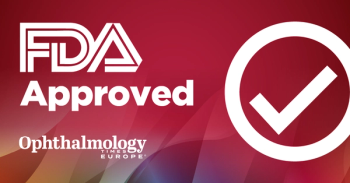
Measuring ocular biomechanics with a new Scheimpflug-based device
The CorVis ST, a new Scheimpflug-based device, has the potential to analyze ocular biomechanical properties for further research. Here, Dr Nemeth discusses his recent study analyzing the repeatability of data obtained with this new device.
Until recently, the only device for conducting in vivo measurements of ocular biomechanics has been the Ocular Response Analyzer (ORA, Reichert Ophthalmic Instruments, Depew, New York, USA). Recently, a new Scheimpflug-based device, named CorVis ST (Corneal Visualization Scheimpflug Technology, CorVis ST, Oculus Inc., Wetzlar, Germany) was introduced for measuring new ocular biomechanical properties.
The Ocular Response Analyzer
The biomechanics of the cornea is described using two main sets of data as measured by ORA. During the deformation period, the device records two applanation pressure measurements and the difference between these two values are called corneal hysteresis. The ORA calculates another value, the corneal resistance factor; in addition, the latest software provides further numerical information, too.
The CorVis ST
During these three phases, ten so-called 'device-specific parameters' are recorded: maximum deformation amplitude [the highest concavity (HC) of the cornea], time taken to reach it, time of the first and second applanation, length of the flattened cornea at the first and second applanation, maximum corneal velocity during the first and second applanation phase, peak distance, which is the distance of the two apex (knees) at highest concavity and a radius value, which represents the central concave curvature at HC.
Besides the above described ten parameters, central corneal thickness (CCT) and intraocular pressure (IOP) based on the first applanation is also determined by CorVis ST.
Newsletter
Get the essential updates shaping the future of pharma manufacturing and compliance—subscribe today to Pharmaceutical Technology and never miss a breakthrough.












































